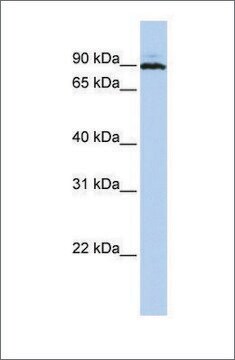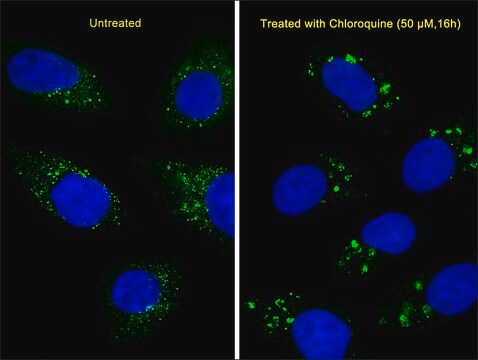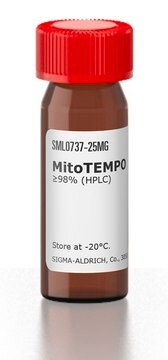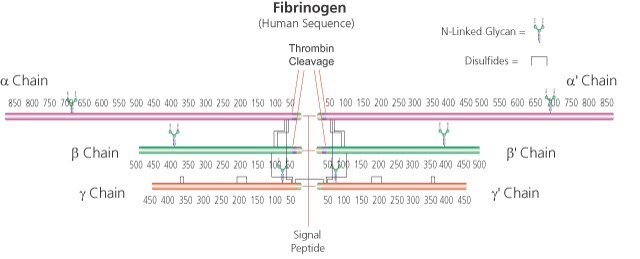MABN814
Anti-Twinkle Antibody, clone 13A10.1
clone 13A10.1, from mouse
Synonim(y):
Twinkle protein, mitochondrial, Progressive external ophthalmoplegia 1 protein, T7 gp4-like protein with intramitochondrial nucleoid localization, T7-like mitochondrial DNA helicase, Twinkle
About This Item
Polecane produkty
pochodzenie biologiczne
mouse
Poziom jakości
forma przeciwciała
purified immunoglobulin
rodzaj przeciwciała
primary antibodies
klon
13A10.1, monoclonal
reaktywność gatunkowa
human
metody
immunohistochemistry: suitable (paraffin)
western blot: suitable
izotyp
IgG2aκ
numer dostępu NCBI
numer dostępu UniProt
Warunki transportu
wet ice
docelowa modyfikacja potranslacyjna
unmodified
informacje o genach
human ... TWNK(56652)
Opis ogólny
Immunogen
Zastosowanie
Immunohistochemistry Analysis: A 1:50 dilution from a representative lot detected Twinkle in human cerebral cortex and human skeletal muscle tissue.
Jakość
Western Blotting Analysis: 0.5 µg/mL of this antibody detected Twinkle in 10 µg of HL-60 cell lysate.
Opis wartości docelowych
Postać fizyczna
Inne uwagi
Nie możesz znaleźć właściwego produktu?
Wypróbuj nasz Narzędzie selektora produktów.
Kod klasy składowania
12 - Non Combustible Liquids
Klasa zagrożenia wodnego (WGK)
WGK 1
Temperatura zapłonu (°F)
Not applicable
Temperatura zapłonu (°C)
Not applicable
Certyfikaty analizy (CoA)
Poszukaj Certyfikaty analizy (CoA), wpisując numer partii/serii produktów. Numery serii i partii można znaleźć na etykiecie produktu po słowach „seria” lub „partia”.
Masz już ten produkt?
Dokumenty związane z niedawno zakupionymi produktami zostały zamieszczone w Bibliotece dokumentów.
Nasz zespół naukowców ma doświadczenie we wszystkich obszarach badań, w tym w naukach przyrodniczych, materiałoznawstwie, syntezie chemicznej, chromatografii, analityce i wielu innych dziedzinach.
Skontaktuj się z zespołem ds. pomocy technicznej








